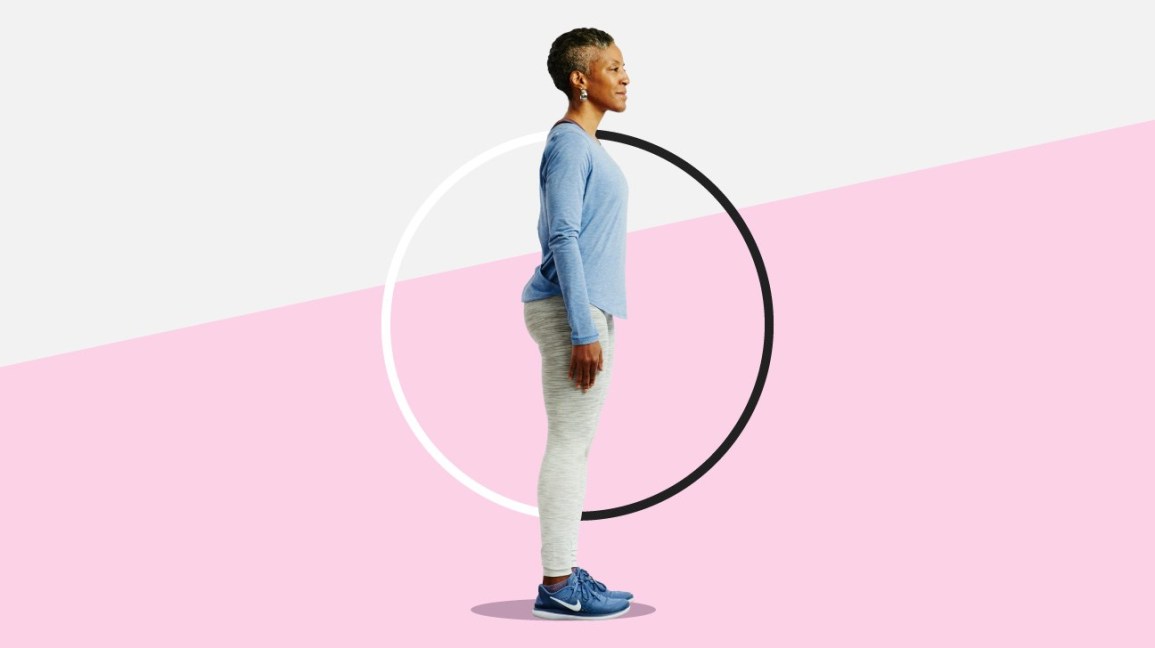
Remember when we were younger, we were told to 'Sit up straight' by our parents? We often get annoyed by their nagging. But behind those nagging, our parents mean good as having a good posture is essential for good health.
WHAT IS POSTURE?
Posture is defined as the position or bearing of the body whether characteristic or assumed for a special purpose. Correct posture allows us to stand, walk, sit and lie in positions that put the least strain on the muscles, ligaments and tendon during movement and weight-bearing activities. Appropriate body alignment:
- Helps to prevent excess strain on the joints, muscles and spine
- Reduces the chances of injury
- Alleviates pain
- Radiates confidence
- Boost the productivity and mood of a person.
A good stance and posture reflect a proper state of mind.
Morihei Ueshiba
IDENTIFYING BAD POSTURES
Let’s take a look at the 6 bad postures as shown below:

How many of us are guilty of doing these postures? Raise your hand! Are you also aware that you may be slouching while reading this article?
EFFECTS OF BAD POSTURE ON HEALTH

Incorrect posture habits can take a toll on the body, leading to a number of issues:
- HEADACHE. Hunching over and looking down adds extra strain on the neck muscles to prevent the head from falling forward. The tight neck muscles can cause pain and headaches.
- JAW PAIN. A forward head posture may put a strain on the muscles and joint in the posterior of the neck, and increase the tension in the upper back (trapezius) muscle. As these muscles are involved in activity of the jaw muscles, temporomandibular joint (TMJ) syndrome is likely to occur. When the jaw joints become misaligned, they are prone to pop, lock, cramp, or even go into spasms. These lead to jaw pain and chewing difficulty.
- SHOULDER AND BACK PAIN. The rotator cuff is a group of muscles and tendons connecting the upper arm to the shoulder. Muscle tightness associated with poor posture can irritate the rotator cuff tendons, causing pain when you move or lie on the affected shoulder. Bad posture too can cause muscle tightness and low back pain as a result of shortening and contraction of the lower back (lumbar) muscles.
- BREATHING PROBLEM. Poor posture habit may restrict the ribcage and compress the diaphragm. This may decrease lung capacity, causing shallow or laboured breathing
- MOOD. While good posture fights depression, the opposite invites it. A 2014 study on 74 participants published in Health Psychology reports individuals with slumped posture showed lower self-esteem, lower level of alertness, a worse mood and more fear than those who sat upright
- FATIGUE. When we have poor posture, the body has to work harder to keep you upright. As the body requires more energy, you will fee tired and fatigue.
HOW TO BREAK BAD POSTURE HABITS?
The first step to break these habits is conscious awareness of your own posture throughout the day, such as standing, walking, sitting and lying down. Take a moment to make a mental note of your posture. Alternatively, you can ask someone to observe your posture and make comments or suggestions. Below are ways to achieve good posture:
STANDING POSTURE
- Hold your head up straight with the chin tucked in.
- Stand straight and tall with the shoulders upright.
- Allow the arms to hang naturally down on each sides of the body.
- Suck in your stomach slightly, engaging the core muscles to keep your body straighter.
- Keep the knees slightly bent to ease pressure on the hips.
- Bear your weight on the balls of the feet instead of that on the heels.
- Keep the feet roughly shoulder-width apart.
- If you have to stand for a long time, shift your weight from one foot to the other, or rock from heels to toes.
WALKING POSTURE
- Keep your head up with eyes looking straight ahead.
- Keep the back straight.
- Move the shoulders naturally.
- Swing your arms freely, with the elbows slightly bent.
- Gently tighten your stomach muscles.
- Walk smoothly, with the heel first, then rolling onto the toes.
SITTING POSTURE
- Keep your head straight, and not tilted up or down.
- Keep the shoulders back and relax, with the forearms parallel to the ground.
- The knee should be at or below the hip level.
- Do not cross your legs. The ankles should be in front of your knees.
- Ensure a small gap between the back of your knees and the front of your seat.
- Adjust the backrest of your chair to support your mid- and lower back.
- Keep your feet flat on the floor.
LYING POSTURE
- Find a mattress that is right for you. A relatively firm mattress is recommended, although personal preference comes into play as well.
- Sleep with a pillow to maintain proper alignment with the spine.
- When sleeping on your side, place a pillow in between your legs.
- When sleeping on your back, keep a pillow under the knees to help maintain good posture and to reduce strain on th elumbar region.
So remember: Head up, shoulders back, and look straight, it gives you confidence.

References:
- Good Posture Helps Reduce Back Pain | Veritas Health
- Maintaining Good Posture | American Chiropractic Association
- 4 Ways Poor Posture Can Harm Your Health |Health US News
- Nair S, Sagar M, Sollers J 3rd, Consedine N, Broadbent E. Do slumped and upright postures affect stress responses? A randomized trial. Health Psychol. 2015 Jun;34(6):632-41.
Image credit:
- https://www.bellefleurphysio.com/wp-content/uploads/2016/04/AdobeStock_88369880.jpeg
- https://www.practostatic.com/fit/76b77633d938133a12645aae51c78d58e9a29741
- http://nebula.wsimg.com/3030b8f5f3bba6f87cf2260b31f54d2b?AccessKeyId=6CAEBD757D91DD6442BA&disposition=0&alloworigin=1
- https://images-na.ssl-images-amazon.com/images/I/81vmSOkvjaL._SL1500_.jpg
- https://i0.wp.com/images-prod.healthline.com/hlcmsresource/images/Lifestyle/good-posture/6517-Every_Woman_Guide_to_Better_Posture_in_30_Days-1296x728-header.jpg?w=1155&h=1528








